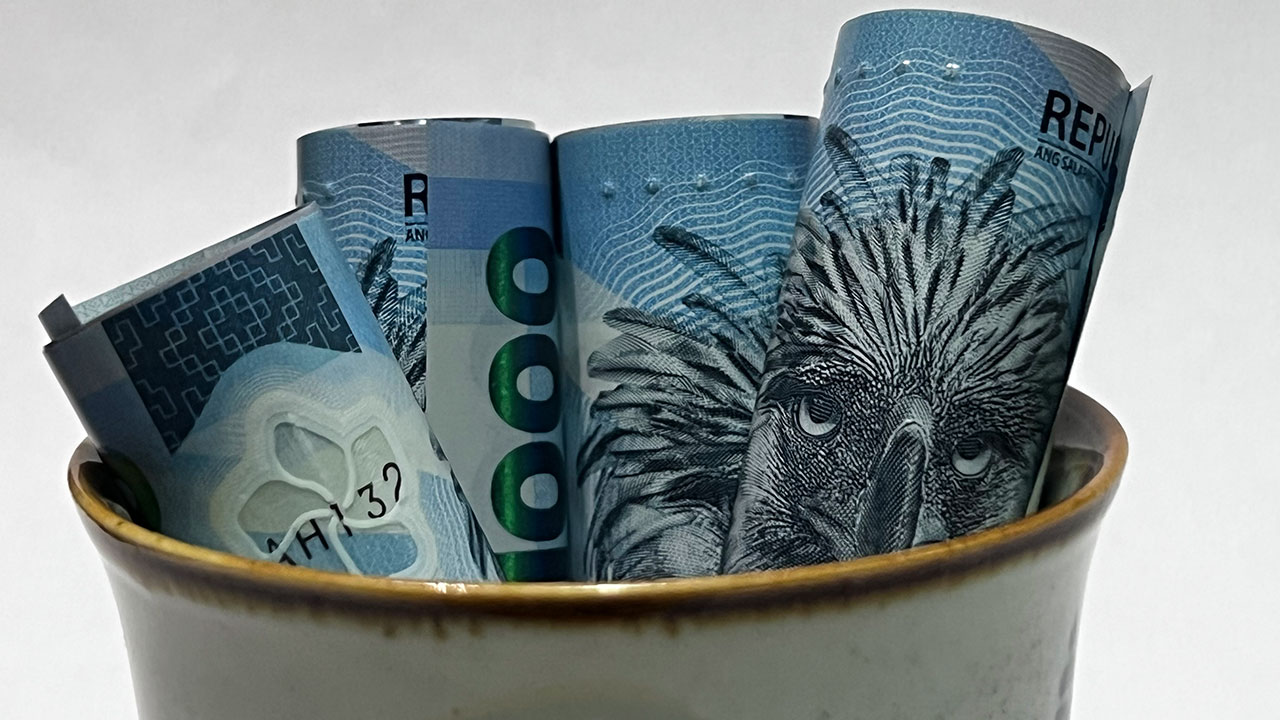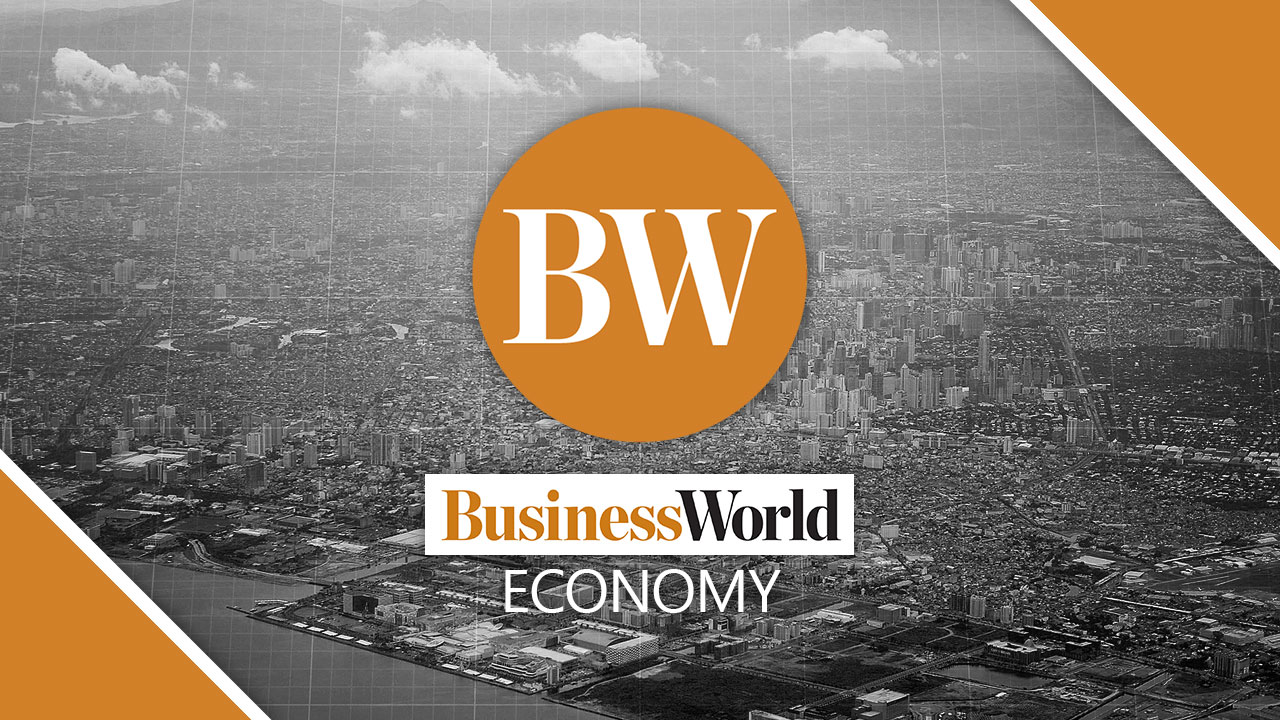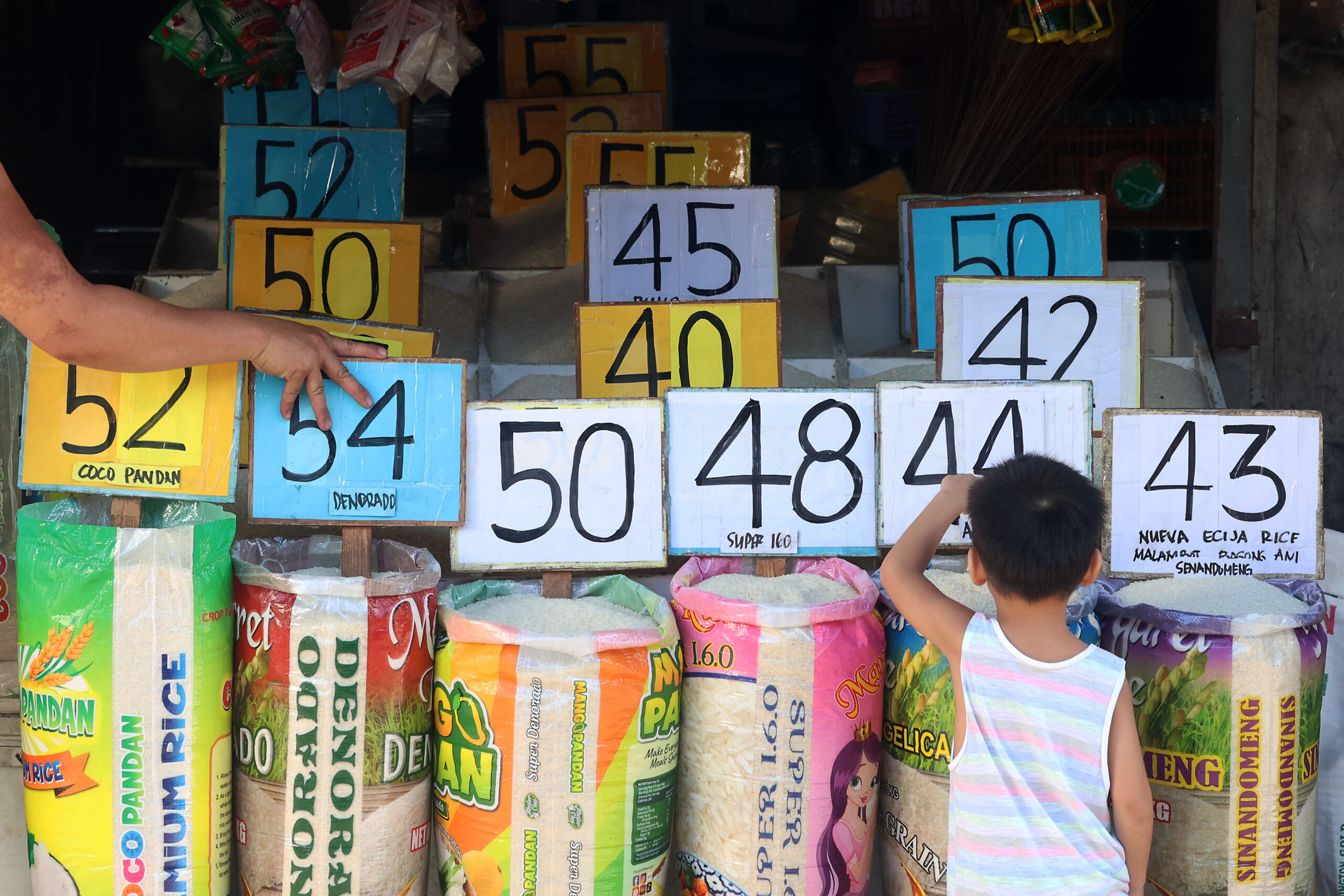
Upgrade to High-Speed Internet for only ₱1499/month!
Enjoy up to 100 Mbps fiber broadband, perfect for browsing, streaming, and gaming.
Visit Suniway.ph to learn
 BW FILE PHOTO
BW FILE PHOTOTHE PESO could slide back to the P58 level in the coming weeks on safe-haven demand for the dollar following the Trump administration’s move to slap a reciprocal tariff on Philippine exports to the United States, with investors awaiting more clarity on the potential impact of the sweeping levies on the global economy.
The local unit has been trading at the P57 level since late February as the greenback has been hit by US recession fears amid US President Donald J. Trump’s slew of protectionist policies combined with weak data out of the world’s largest economy.
On Thursday, the peso closed at a near six-month high of P57.095 per dollar, up 12 centavos from Thursday’s finish of P57.215.
This was its best close since it ended at P57.02 on Oct. 9, 2024.
The dollar slid broadly on Thursday after Mr. Trump announced harsher-than-expected tariffs against US trading partners, jolting the markets as investors sought safe havens such as the yen and Swiss franc, Reuters reported.
The dollar index, which measures the US currency against six other units, fell to 102.98, its lowest since mid-October. The index is down more than 4% this year.
“The dollar will be stronger in the near term as the markets slide to safety because of growing concerns over the health of the US economy that the retaliatory tariff may cause a recession and result in a slowdown in global growth. So, the dollar might strengthen due to market safe-haven demand,” a trader said in a phone interview.
The trader said the peso could trade between P57 and P58 in the near term due to trade war concerns.
“Trump’s tariff on Philippine exports will likely put downward pressure on the peso in the near term, though the extent depends on market sentiment and how businesses adjust. The Philippines runs a trade deficit. A hit to exports due to tariffs could widen the trade gap, increasing demand for dollars to pay for imports, which could weaken the peso. However, there will be delayed impacts as businesses will take time to adjust their strategies,” Philippine Institute for Development Studies (PIDS) Senior Research Fellow John Paolo R. Rivera said.
“Investors might also see these tariffs as a sign of growing trade uncertainty with the US, leading to weaker confidence in Philippine assets. If foreign investors pull out from local stocks or bonds, this could add to peso depreciation pressure.”
The lack of clarity on the implementation of the latest round of tariffs is expected to stoke volatility in global markets, Reyes Tacandong & Co. Senior Adviser Jonathan L. Ravelas said, adding that the peso could range from P57.20 to P57.50 per dollar in the coming weeks.
“There is little detail and no clear rules on trade, leading to continued uncertainty and dampened consumer and corporate confidence,” he said. “Retaliation from trade partners, currency volatility, and depreciations are expected, which will help estimate economic deadweight losses.”
“Tariff threats create uncertainty around potential rate cuts and jeopardize the stability of the Philippine peso,” Mr. Ravelas added.
Bangko Sentral ng Pilipinas (BSP) Governor Eli M. Remolona, Jr. said last week that there is a “good chance” that the Monetary Board would cut rates by 25 basis points (bp) at their April 10 policy review.
Mr. Remolona said the central bank remains on an easing cycle and could reduce borrowing costs by as much as 75 bps this year.
The central bank has brought down benchmark interest rates by a total of 75 bps since it began its rate-cut cycle in August last year, with the policy rate currently at 5.75%. The Monetary Board unexpectedly kept rates unchanged its Feb. 13 review amid uncertainties due to the Trump administration’s policies.
Mr. Rivera said the BSP may take a “more cautious” approach to rate cuts if the peso weakens further or if inflation risks emerge amid growing global trade war concerns caused by the US’ policies.
“However, if the impact on trade is manageable, the BSP could still proceed with gradual rate cuts in the second half of 2025 to support growth,” he said.
Rizal Commercial Banking Corp. Chief Economist Michael L. Ricafort added that markets will monitor the potential impact of the reciprocal tariffs on the US economy, especially inflation, as this could affect the Federal Reserve’s policy easing path.
“The risk of a US recession would lead to future Fed rate cuts that could matched locally,” Mr. Ricafort said.
“If the Fed remains hawkish while the BSP is pressured to cut rates, the peso may weaken further due to the narrowing interest rate differential,” PIDS’ Mr. Rivera added.
The trader said the March inflation report to be released on April 4 (Friday) will likely determine if the BSP will resume its easing cycle next week.
A BusinessWorld poll of 18 analysts yielded a median estimate of 2% for the March consumer price index (CPI), which would be a tad slower than the 2.1% in February.
Analysts earlier said benign March CPI print would pave the way for an April rate cut.
A second trader, who expects the peso to move between P57 and P58 per dollar in the near term, said the market still expects the BSP to bring down benchmark rates by 50 bps this year, although a sharp slowdown in economic growth would give it room to implement an additional 25-bp cut. — Aaron Michael C. Sy with Reuters




